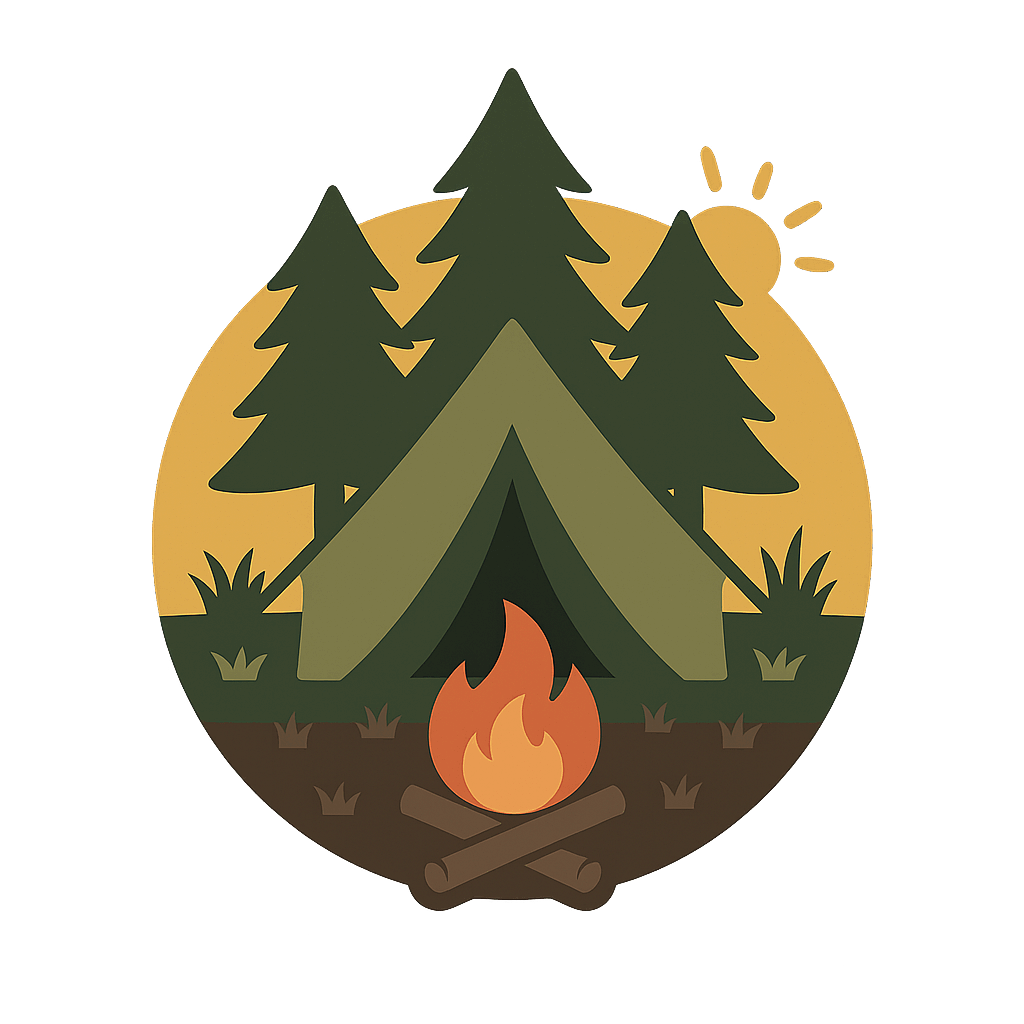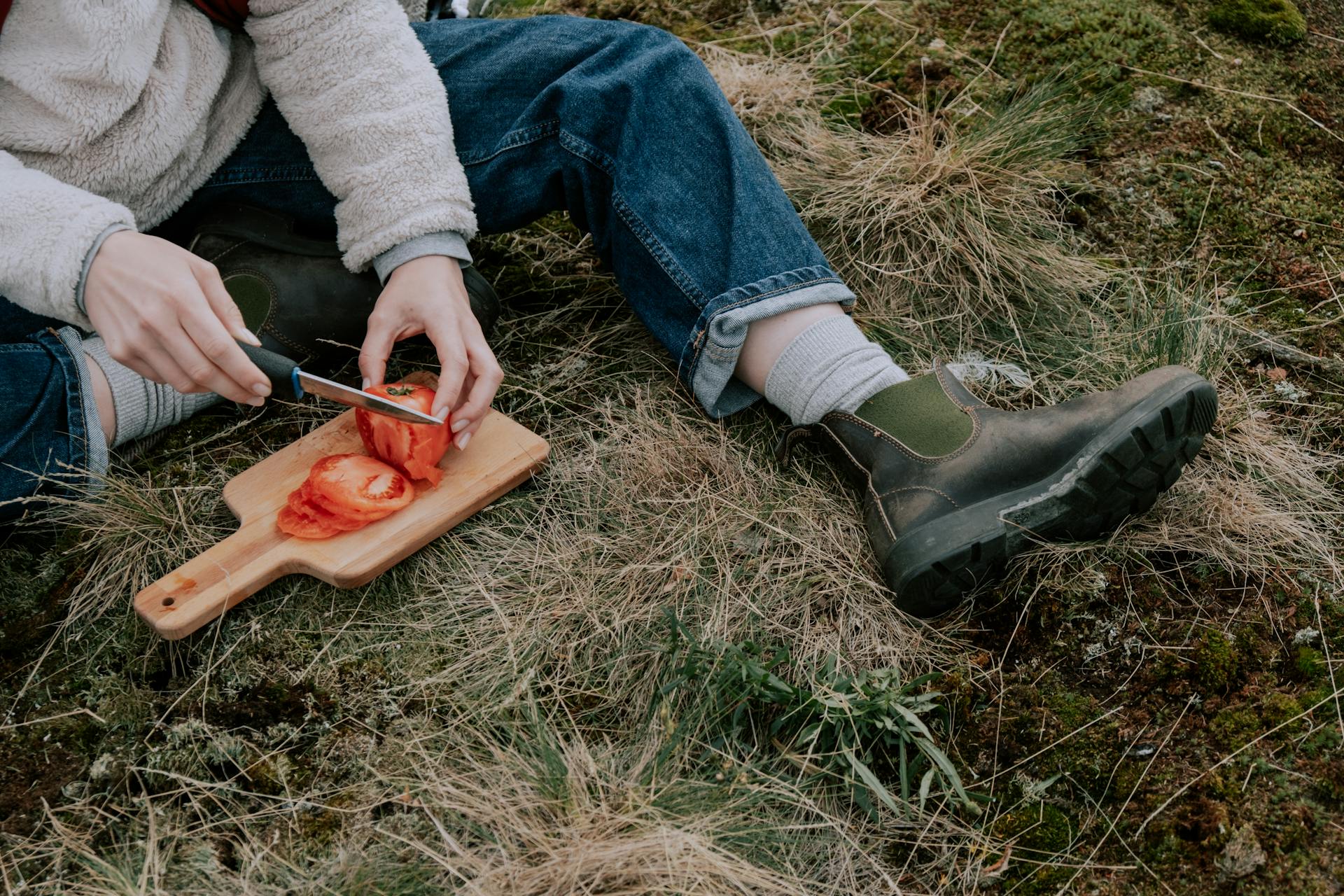When you find yourself in the wild with limited snacks and the pantry feels like a distant memory, staying calm and resourceful is key. Whether you’re hiking, camping, or simply in an unexpected outdoor situation, knowing how to find and prepare food in the wild can make all the difference. Here are some ingenious solutions and practical tips that will help you survive, stay nourished, and even enjoy a tasty meal with the resources nature provides.
1. Understand Your Surroundings: A Key to Survival
The first step to finding food in the wild is understanding the environment you’re in. Knowing what plants and wildlife inhabit your area can give you a good idea of what’s safe to eat. Before venturing outdoors, take the time to learn about local edible plants, mushrooms, and insects.
- Edible Plants: Many wild plants are edible, but they require identification skills. Common examples include dandelions, clover, and wild garlic. Consult local guides or apps designed to identify plants to ensure safety.
- Wildlife: If you find yourself in a region with animals like squirrels, rabbits, or birds, you could potentially hunt or trap them. Always check local regulations and ensure you have the proper gear for humane and safe hunting practices.
2. Water is Your First Priority
Survival experts will tell you that water is the first priority in any survival situation, even before food. Without water, your body cannot function, and no food can be digested properly. Find a clean water source, whether it’s a stream, river, or rainwater collection.
- Purifying Water: In case of no obvious clean source, purify water by boiling it for at least 3-5 minutes to kill harmful bacteria and parasites.
- Water from Plants: In extreme cases, certain plants such as the cactus in deserts or the “water vine” in rainforests can provide hydration.
3. Forage for Edible Plants and Berries
In a world full of plants, many can be eaten, but not all are safe. To avoid dangerous missteps, start by foraging for familiar edible species. Some common wild edibles include:
- Berries: Blackberries, raspberries, and blueberries are often found in many wild environments. Be cautious, as some berries, like poison ivy and elderberry, are not safe for consumption.
- Nuts: Many types of nuts, like acorns and chestnuts, can be foraged from trees. However, acorns must be leached to remove tannins, making them more palatable.
- Roots: Roots from plants like cattails and wild onions can provide vital nutrients when prepared correctly.
4. Insects as a Source of Protein
Insects are rich in protein, fat, and other essential nutrients. While this may not sound appealing to some, in a survival situation, insects can be a great way to supplement your diet.
- Common Edible Insects: Grasshoppers, crickets, ants, and beetles are often safe to eat. They can be roasted, boiled, or eaten raw depending on preference and availability.
- Preparation: Insects can be roasted over an open flame to improve taste and texture. Alternatively, you can grind them into a powder and mix them with water or other ingredients to create a kind of survival porridge.
5. Hunting and Fishing: A Time-Tested Skill
While finding edible plants and insects is crucial, hunting and fishing can be highly effective methods for sourcing food in the wild. Whether you bring the necessary tools with you or improvise with what you find, the goal is to catch something that provides a solid protein source.
- Fishing: If you’re near a body of water, fishing can yield a steady food supply. If you don’t have a rod, you can use makeshift fishing tools like sticks, string, and hooks made from natural materials.
- Hunting Small Game: Small game like rabbits, squirrels, or birds are often available. Use traps or a slingshot to catch them, or, in some cases, try to hunt with a bow and arrow. Field-dressing your catch requires knowledge, so always be prepared to safely process animals.
6. Foraging for Mushrooms: A Delicious and Nutritious Option
Mushrooms are often overlooked but are a nutritious addition to any wild foraging plan. However, mushroom identification is crucial, as some are toxic and deadly.
- Safe Mushrooms: Learn to recognize mushrooms like chanterelles, morels, and shiitakes. Many edible species are known for their distinct color or texture, but never consume a mushroom unless you’re 100% sure it’s safe.
- Cooking Mushrooms: Mushrooms can be eaten raw, though cooking them can enhance their flavor and make them easier to digest. You can grill, roast, or boil them depending on your tools.
7. The Art of Fire-Building: A Critical Survival Skill
Knowing how to start a fire is crucial for preparing food in the wild. A fire provides heat, which can be used for cooking, purifying water, and even creating warmth in cold conditions.
- Fire Starting Methods: If you don’t have matches or a lighter, you can use a flint and steel, or even a bow drill to create a fire. Gather dry tinder (like dry grass, bark, or leaves) and small twigs to build a fire that can cook your food.
- Cooking with Fire: Once the fire is started, use a flat stone, a grill, or a makeshift pot to cook your food. Many wild edibles like fish and insects can be roasted directly over the flames.
8. Creating a Makeshift Shelter and Cooking Station
While food is essential, shelter is another priority that often goes hand-in-hand. Finding or creating shelter will help you stay safe from the elements, allowing you to focus on sourcing and preparing your food.
- Shelter: Use natural materials like branches, leaves, and logs to create a basic shelter that shields you from rain, wind, or sun.
- Cooking Stations: If you’re near a fire, construct a makeshift cooking station with large stones or flat rocks. If you’re by a stream, consider creating a simple grill using sticks to hold your food over the fire.
9. Making the Most of What’s Available: Creativity in the Wild
One of the most ingenious ways to prepare food in the wild is by tapping into your creativity. You don’t always need specialized equipment to make a meal. Look around for natural tools that can help.
- Cooking with Stone: Hot stones can be placed directly into a container of water to heat it up. Alternatively, stones can be used to cook food directly over a fire or buried in a pit to create an underground oven.
- Clay Cooking: In some areas, you might find clay that can be molded into containers for cooking. You can use these to make simple pots for boiling water or cooking food.
10. Prioritize Nutrients: A Balanced Wild Diet
In the wild, it’s essential to keep a balanced diet to maintain your energy levels. While foraging for plants and hunting small game can give you immediate sustenance, ensure that your diet includes a variety of nutrients.
- Carbs: Some edible plants and nuts provide complex carbohydrates, which give you energy for prolonged activity.
- Protein: Small game, fish, and insects are excellent sources of protein, which is essential for muscle repair and general bodily function.
- Fats: Wild nuts, seeds, and even animal fat can help you maintain energy and keep your body functioning optimally.
Conclusion: Embrace Resourcefulness in the Wild
When you’re running low on snacks and out in the wild, being resourceful is your greatest strength. By understanding your surroundings, foraging for edible plants, and utilizing creative cooking methods, you can make the most out of the natural resources available to you. Whether you’re relying on plants, insects, or hunting small game, survival in the wild requires ingenuity, knowledge, and a positive attitude. So, the next time you’re in the wild, remember that with a little preparation and creativity, you can turn any situation into an opportunity to nourish both your body and your spirit.

